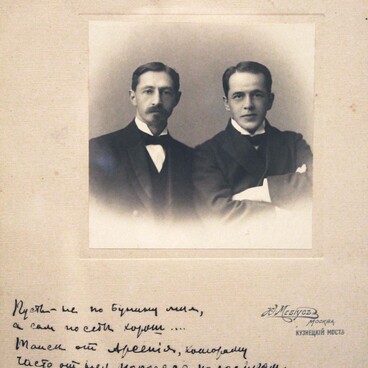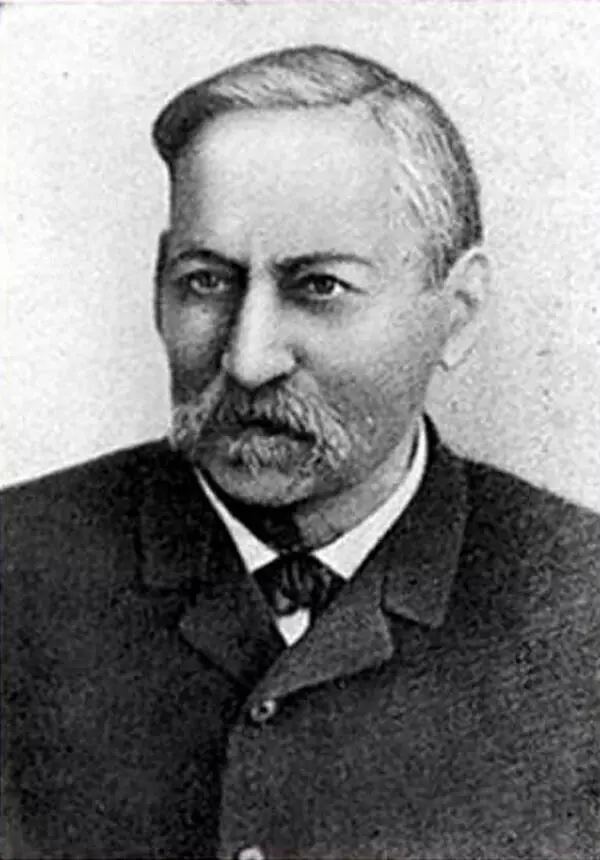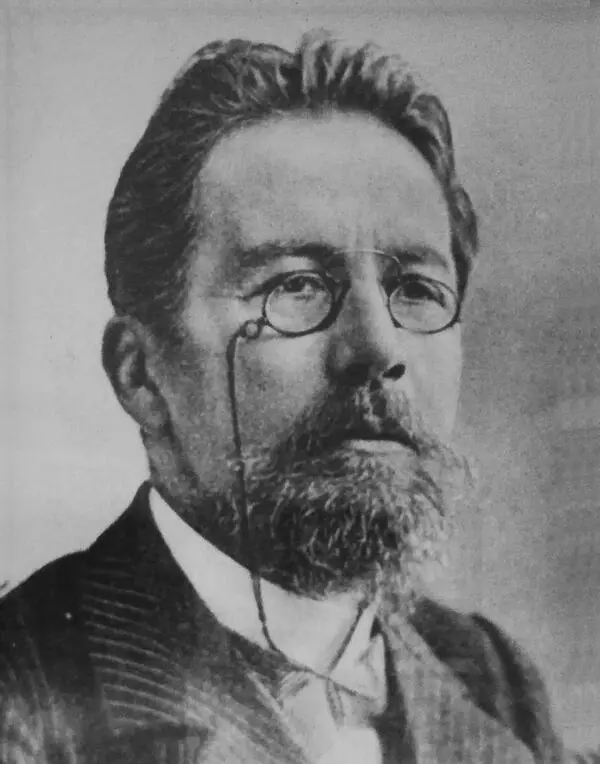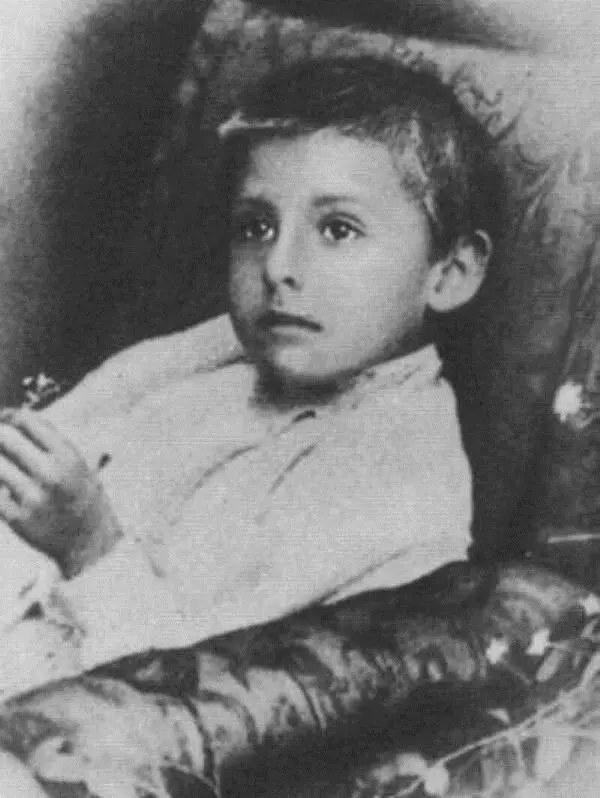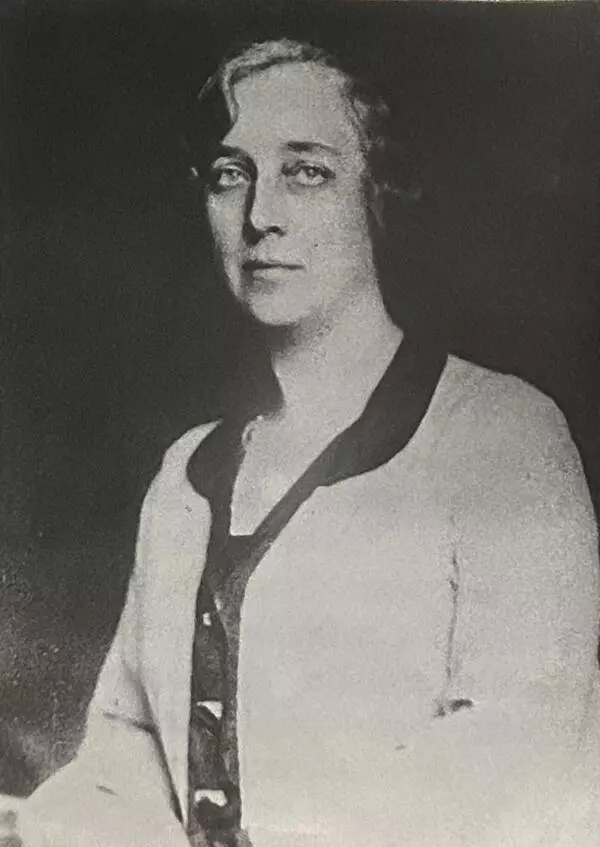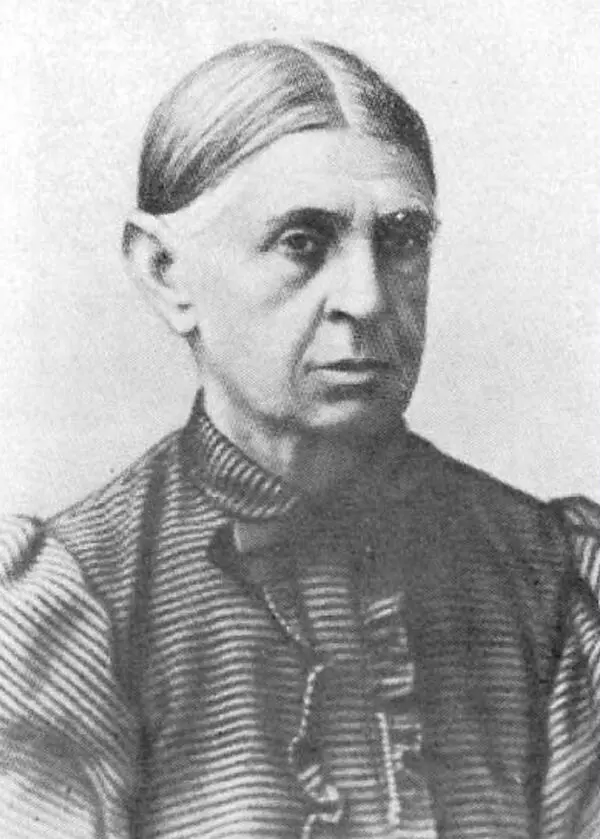As a child, Bunin had heard from his father about Tolstoy, whom he his father met in Sevastopol during the Russian-Turkish war. Once in the autumn, Ivan had an irresistible desire to see the writer he adored, whose estate in Yasnaya Polyana was only a hundred versts from Ozyorki. He saddled a horse and went towards the estate of the great writer. After reaching Efremov, Bunin got tired and spent the night on a bench in the city garden. In the morning, shivering with cold and ashamed of his desire, he turned back.
On July 15, 1893, the beginner poet sent his first book of poems and a letter from PoltAva to the famous writer: ‘Dear Lev NikolAevich! Do not be surprised that you will receive a kind of leaflet with this letter, which may be completely unnecessary and uninteresting to you. I am sending that you as to the person whose every word is dear to me, whose works revealed a passion for writing with me (if I dare to use this word when referring to myself).’ In a winter evening between January 4 and 8, 1894, BUnin visited Lev TolstOy in Moscow, he had long dreamt of this meeting. In the story ‘At the dacha’ written in 1895, BUnin reflected his attitude to the Tolstoy proponents, with whom he had already become well acquainted in PoltAva. In 1908, BUnin was a member of the Committee to celebrate the 80th anniversary of TolstOy’s birth. The last time he met TolstOy was at the beginning of winter in 1901, on a frosty evening in Moscow.
He later told Chukovsky about this meeting. When Tolstoy asked if he was working on anything, Bunin replied: “No, Lev Nikolaevich, nothing to write about. And everything that I wrote before, now seems so miserable that I prefer not to remember it. He perked up: “Oh, yes, yes, I know that very well!” - “And there”s nothing to write about, ” I added. He looked at me hesitantly, then it seemed that he had remembered something. “How can it be - nothing?”, he asked. — “If there is nothing to write about, then write that you have nothing to write about, and write and why there is nothing.” Think about why, and write. Yes, yes, try this, - he said firmly.’
Baboreko A., Bunin I.A. ‘Materials for the biography’
‘Bunin’s book is an attempt to look at Tolstoy once again, to experience what he had written. From this point of view, the author succeeded in that very much. From the vast amount of literature about Tolstoy, Bunin extracted and extremely convincingly compared the most sharp and expressive features. He made excellent narration on the basis of the most interesting stories about Tolstoy — according to deceased Ekaterina Lopatina. But what seems to be the best of all, are, of course, the Bunin’s own recollections of his few and brief meetings with Tolstoy, which still were very remarkable. The powerful simplicity of the language, the extraordinary vigilance, and finally - the inner warm strictness make these pages, frankly speaking, deserving the signature of Tolstoy himself. In all the memoir literature about Tolstoy, of course, they have nothing to be compared with.’ ‘The liberation of Tolstoy’ is a book about the living Tolstoy and a book full of a living sense of Tolstoy. It was written in order to communicate this feeling.’
Khodasevich V.M. Paris, Revival newspaper, October 1, 1937
On July 15, 1893, the beginner poet sent his first book of poems and a letter from PoltAva to the famous writer: ‘Dear Lev NikolAevich! Do not be surprised that you will receive a kind of leaflet with this letter, which may be completely unnecessary and uninteresting to you. I am sending that you as to the person whose every word is dear to me, whose works revealed a passion for writing with me (if I dare to use this word when referring to myself).’ In a winter evening between January 4 and 8, 1894, BUnin visited Lev TolstOy in Moscow, he had long dreamt of this meeting. In the story ‘At the dacha’ written in 1895, BUnin reflected his attitude to the Tolstoy proponents, with whom he had already become well acquainted in PoltAva. In 1908, BUnin was a member of the Committee to celebrate the 80th anniversary of TolstOy’s birth. The last time he met TolstOy was at the beginning of winter in 1901, on a frosty evening in Moscow.
He later told Chukovsky about this meeting. When Tolstoy asked if he was working on anything, Bunin replied: “No, Lev Nikolaevich, nothing to write about. And everything that I wrote before, now seems so miserable that I prefer not to remember it. He perked up: “Oh, yes, yes, I know that very well!” - “And there”s nothing to write about, ” I added. He looked at me hesitantly, then it seemed that he had remembered something. “How can it be - nothing?”, he asked. — “If there is nothing to write about, then write that you have nothing to write about, and write and why there is nothing.” Think about why, and write. Yes, yes, try this, - he said firmly.’
Baboreko A., Bunin I.A. ‘Materials for the biography’
‘Bunin’s book is an attempt to look at Tolstoy once again, to experience what he had written. From this point of view, the author succeeded in that very much. From the vast amount of literature about Tolstoy, Bunin extracted and extremely convincingly compared the most sharp and expressive features. He made excellent narration on the basis of the most interesting stories about Tolstoy — according to deceased Ekaterina Lopatina. But what seems to be the best of all, are, of course, the Bunin’s own recollections of his few and brief meetings with Tolstoy, which still were very remarkable. The powerful simplicity of the language, the extraordinary vigilance, and finally - the inner warm strictness make these pages, frankly speaking, deserving the signature of Tolstoy himself. In all the memoir literature about Tolstoy, of course, they have nothing to be compared with.’ ‘The liberation of Tolstoy’ is a book about the living Tolstoy and a book full of a living sense of Tolstoy. It was written in order to communicate this feeling.’
Khodasevich V.M. Paris, Revival newspaper, October 1, 1937



